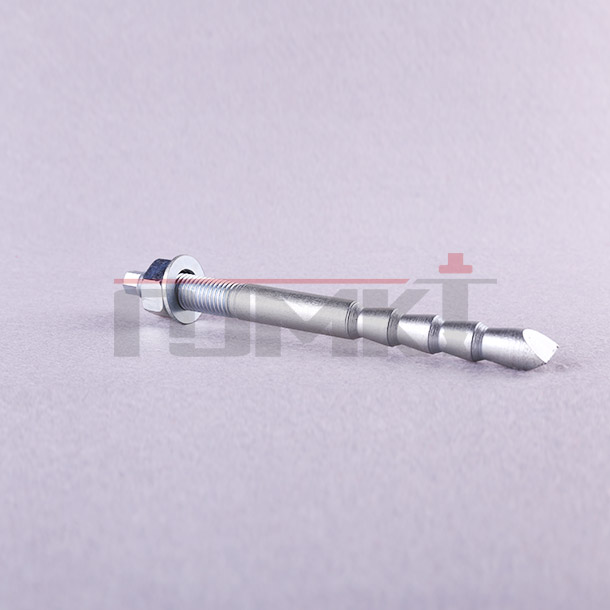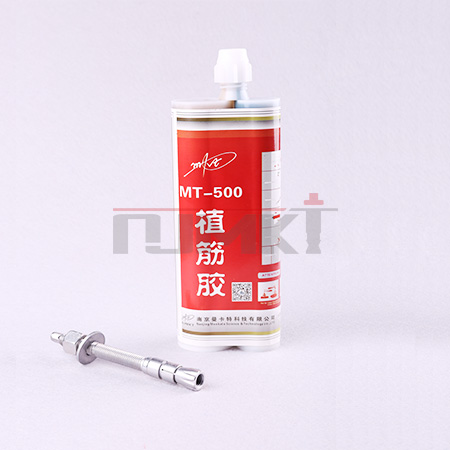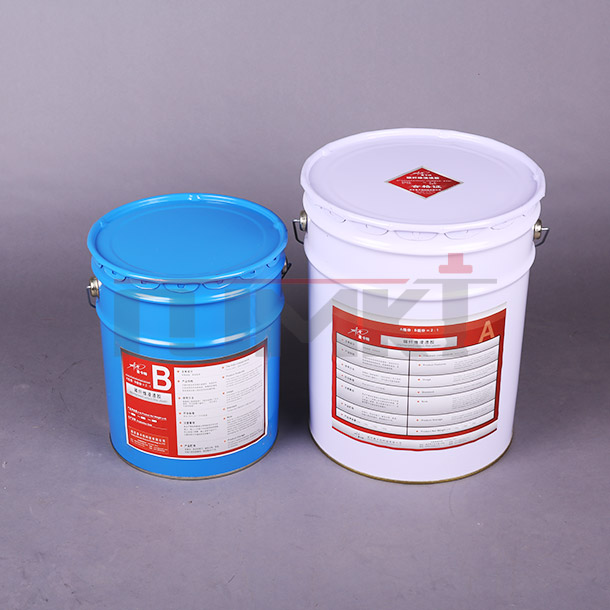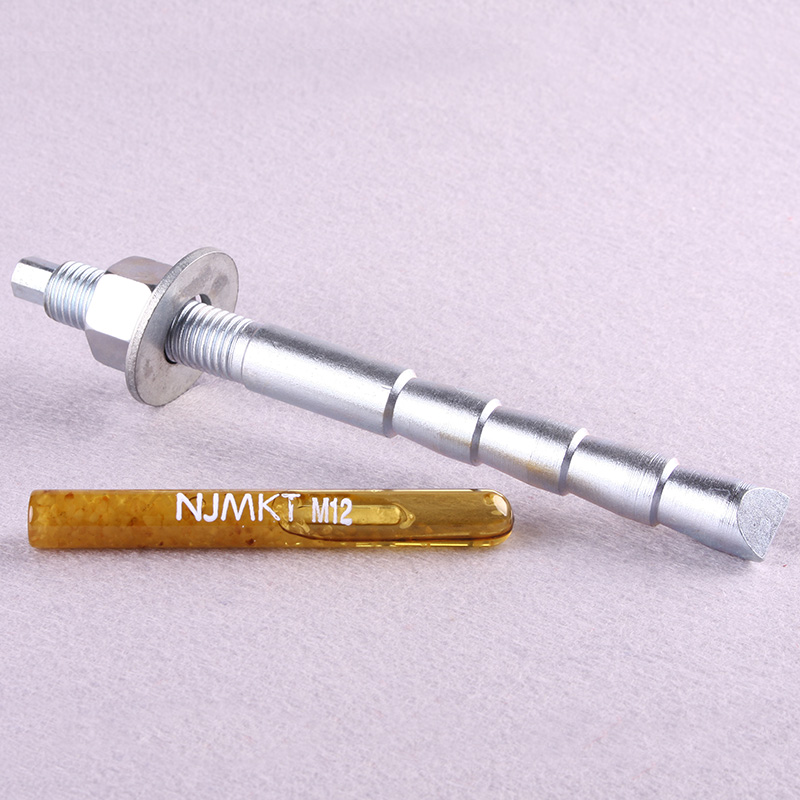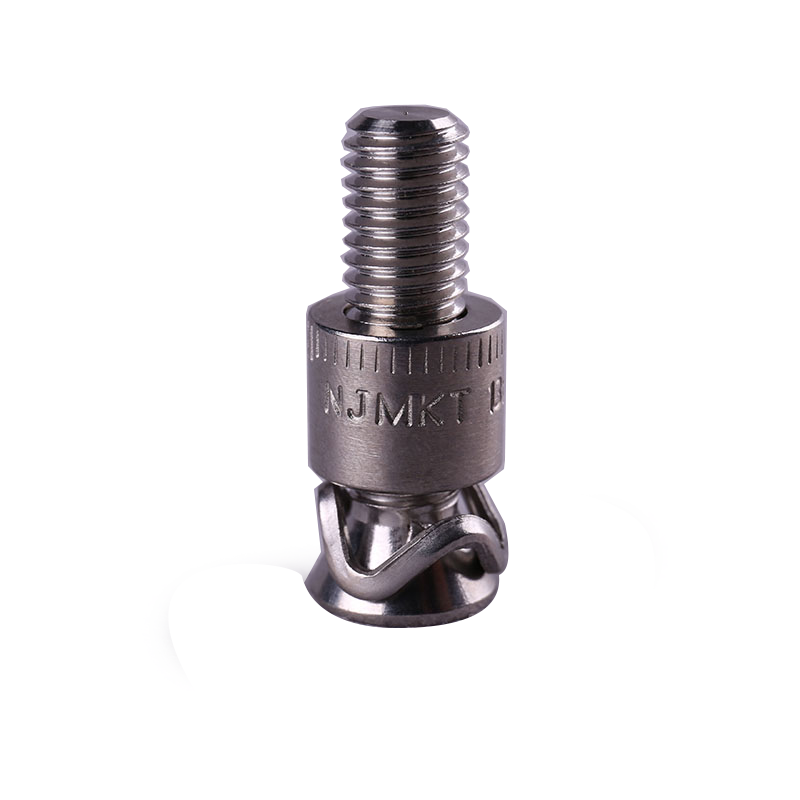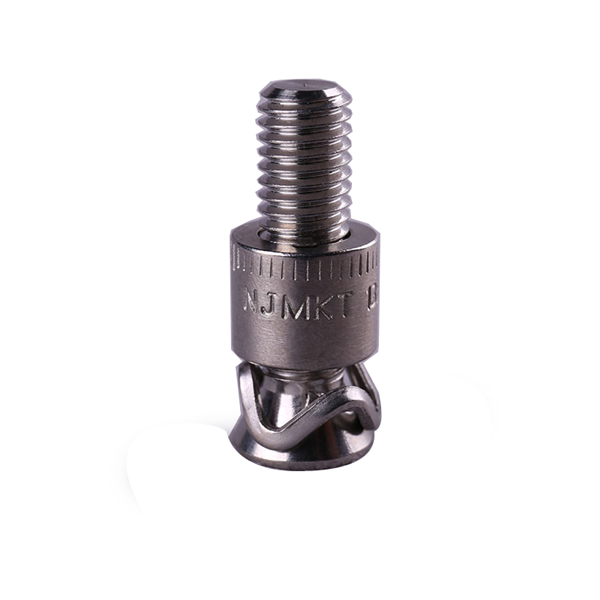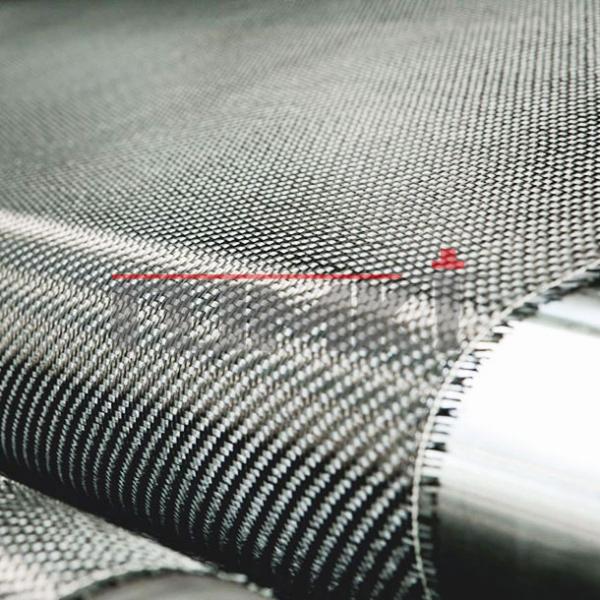Dec. 10, 2016
Maybe we are all familiar with carbon fiber sheet, but three are two types of carbon fiber sheets: unidirectional carbon fiber sheet and bidirectional carbon fiber sheet. Come on and get to know the difference between them?
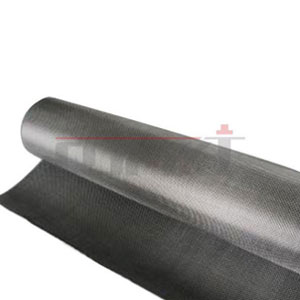
unidirectional carbon fiber sheet
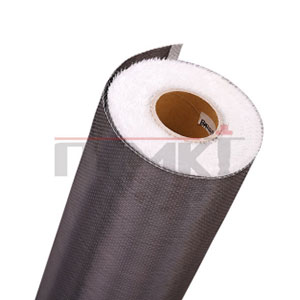
bidirectional carbon fiber sheet
Unidirectional carbon fiber sheet does not mean it contains carbon fiber filament only in one direction. The sheet is covered with filaments both in transverse and vertical direction, but a large amount of roving only in one direction(generally in warp sense), while a small amount of span yarn in the other direction for fixed action. While the entire strength of carbon fiber sheet concentrates on the direction containing roving.
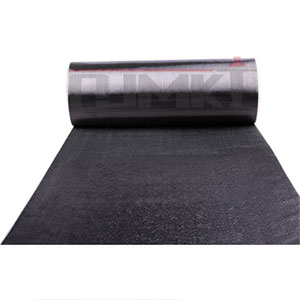
Bidirectional carbon fiber sheet means that there are two forced direction, with a large amount of roving both in transverse and vertical directions. Generally, there are tabby and twill bidirectional carbon fiber sheets.

The main applications of bidirectional carbon fiber sheet:
● Aerospace area: fuselage, rudder, rocket engine casing, missile diffuser, solar panel, etc.
● Sports: Automobile parts, motorcycle parts, fishing rod, baseball bat, ski board, yacht, badminton racket.
● Industry: engine parts, concrete structure reinforcement materials, fan blade, transmission shaft, electrical components etc.
● Firefighting: suitable for special types of high-grade fireproof suits for army forces, fire protection forces, steel mill,etc.
● Construction reinforcement, increase building load-bearing, material aging, structural cracks processing.
● Concrete strength grade is lower than the design value.
● Other industrial products and many other fields.
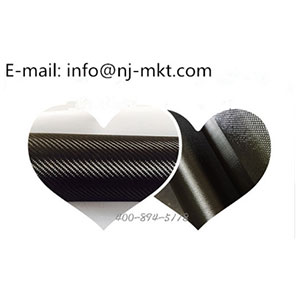
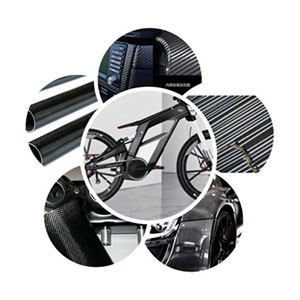
Editor: NJMKT
The copyright is reserved by www.nj-mkt.com. If reprint please indicate its source.

 Fijaciones químicas
Fijaciones químicas Sistema de anclaje mecánico
Sistema de anclaje mecánico Sistema de Fortalecimiento Compuesto
Sistema de Fortalecimiento Compuesto Adhesivo de Resina Epoxi
Adhesivo de Resina Epoxi Sistema de Anclaje de Adhesivo Epoxi 500
Sistema de Anclaje de Adhesivo Epoxi 500 Sistema de Anclaje de Adhesivo Epoxi 390
Sistema de Anclaje de Adhesivo Epoxi 390 Adhesivo epoxi modificado
Adhesivo epoxi modificado Adhesivo de Fibra de Carbono
Adhesivo de Fibra de Carbono Adhesivo de reparación y nivelación
Adhesivo de reparación y nivelación Adhesivo de unión de acero (proceso seco)
Adhesivo de unión de acero (proceso seco) Adhesivo de Vertiendo de Acero (Proceso Húmedo) (lechada)
Adhesivo de Vertiendo de Acero (Proceso Húmedo) (lechada) Adhesivo de relleno de grietas
Adhesivo de relleno de grietas Adhesivo de Sellado
Adhesivo de Sellado Series de Canales Enterrados
Series de Canales Enterrados Dispositivo de Anclaje Pretensado
Dispositivo de Anclaje Pretensado Anclaje de Panel
Anclaje de Panel

